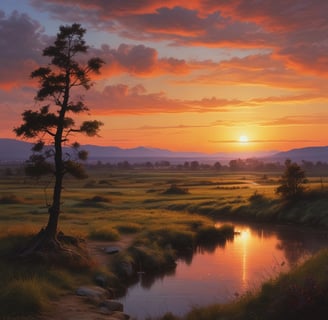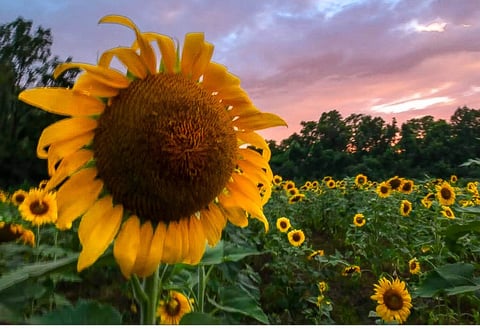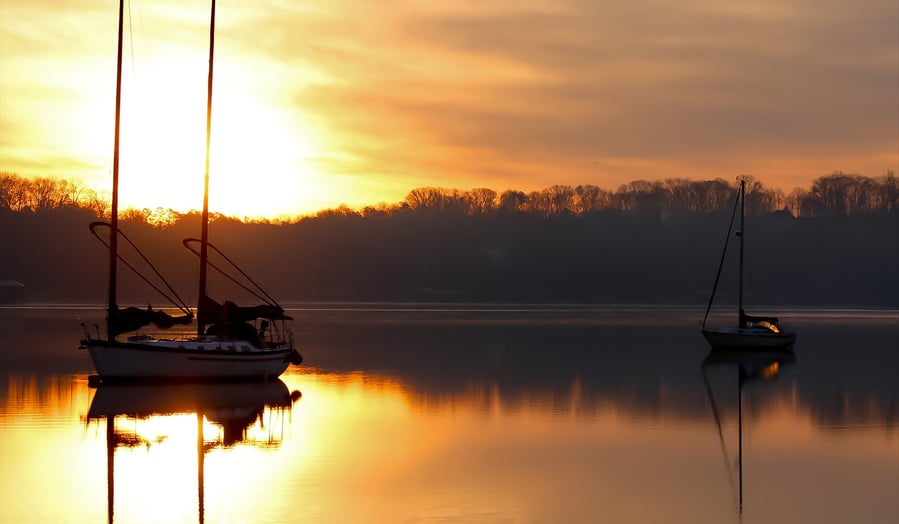Beginner's Guide to Mastering the Basics of Exposure
Mastering the Basics of Exposure: The Key to Capturing Stunning Photographs Through Understanding Light and Camera Settings. Master the exposure triangle—aperture, shutter speed, and ISO—to take control of your images and create stunning, well-exposed photos in any lighting condition.
MASTERING EXPOSURE
thru this lenz
2/12/2025
Understanding Exposure in Photography
If you're just getting started, you've probably encountered the term 'exposure' quite a bit. But what does it really mean? Simply put, exposure refers to the amount of light that reaches your camera's sensor. Mastering exposure is crucial for taking stunning photos, as it can dramatically affect the mood and quality of your images.
The Exposure Triangle: Shutter Speed, Aperture, and ISO
Understanding how to control exposure revolves around three key components: shutter speed, aperture, and ISO, often referred to as the exposure triangle. Each element plays a vital role in determining how light interacts with your camera.
Shutter Speed: This is the amount of time your camera's shutter is open, allowing light to hit the sensor. Faster shutter speeds freeze action, making them perfect for sports or wildlife photography, while slower speeds can introduce motion blur, which is useful for creating a sense of movement.
Aperture: The aperture, or f-stop, controls the lens opening's size. A wider aperture (like f/1.8) lets in more light and creates a shallow depth of field, which beautifully blurs the background. A smaller aperture (like f/16) allows less light and increases depth of field, keeping more of the image sharp, which is great for landscapes.
ISO: ISO refers to your camera's sensitivity to light. Lower ISO settings (like 100 or 200) are ideal for bright conditions, producing less noise (grain) in images. Higher ISO settings (like 1600 or above) are suitable for low-light situations but may result in noisier images. Finding the right balance based on your lighting situation is essential for good exposure.
Tips for Beginners to Master Exposure
Now that you understand the components of exposure, here are a few practical tips to help you get started:
Use Manual Mode: If you’re comfortable, switch to manual mode on your camera. This setting gives you complete control over shutter speed, aperture, and ISO, allowing you to see firsthand how they influence exposure.
Practice with the Histogram: The histogram is a graph that shows the distribution of light in your image. Learning to read this tool can help you understand if your exposure is balanced, too dark, or too bright.
Shoot in RAW: When you shoot in RAW format, you retain more image data. This gives you greater flexibility in post-processing to adjust exposure without sacrificing quality.
Experiment: Don’t be afraid to experiment with different settings. Take multiple shots with varying exposures to see how adjustments can change your final image.
As you practice and familiarize yourself with the exposure triangle, you'll notice how these foundational concepts unlock your creative potential as a photographer. Remember, photography is as much about exploration as it is about technique. So grab your camera, get outside, and start mastering the basics of exposure! All I can say is practice, practice, practice. The more time you spend practicing, the more comfortable you will be with these settings.






Affiliate Disclosure
As an Amazon Associate, I earn from qualifying purchases. This means that if you click on a link to buy a product and make a purchase, I may receive a small commission at no extra cost to you. My goal is to provide you with helpful reviews and recommendations based on my personal experience, and I only promote products that I believe will add value to you. Thank you!
© 2024. All rights reserved.
